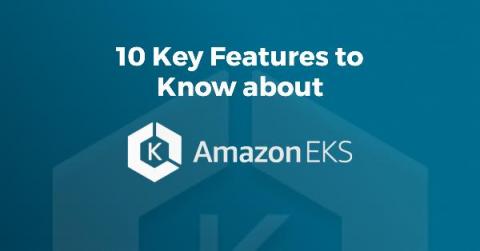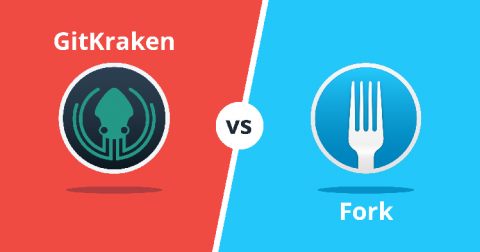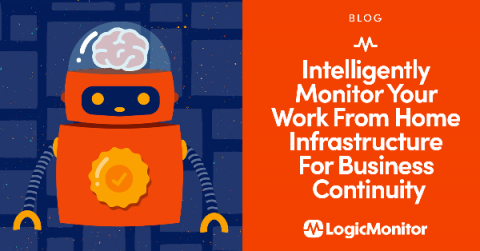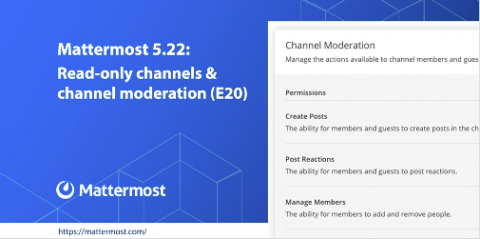10 Indispensable Amazon EKS Features and Updates You Ought to Know
Amazon’s Elastic Kubernetes Service (EKS) is the company’s managed option for Kubernetes clusters. We have several articles on using AWS and Kubernetes on our blog, and felt there was a need to highlight some of the key features that AWS EKS offers. Many of these features have been rolled out or updated over the last year. We have mentioned some of these features in other posts, such as our comparison of EKS with AKS and GKE.











